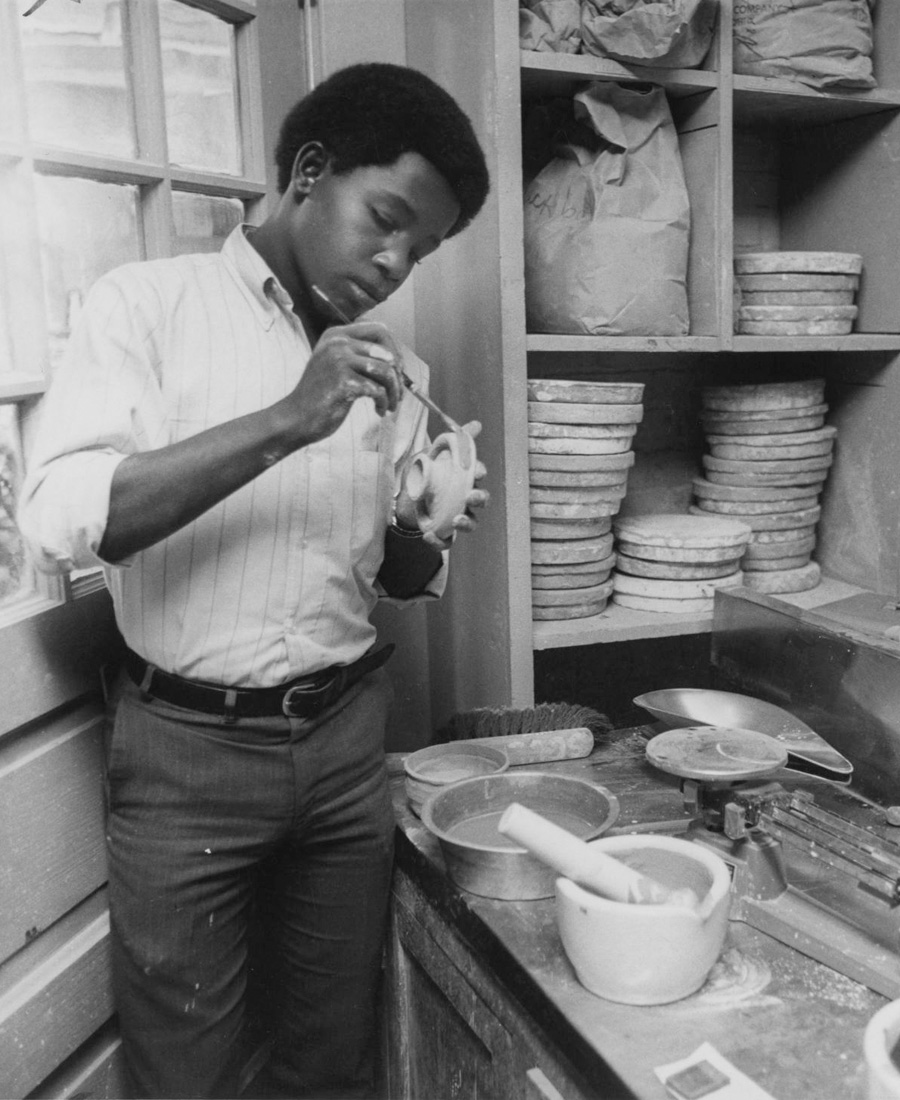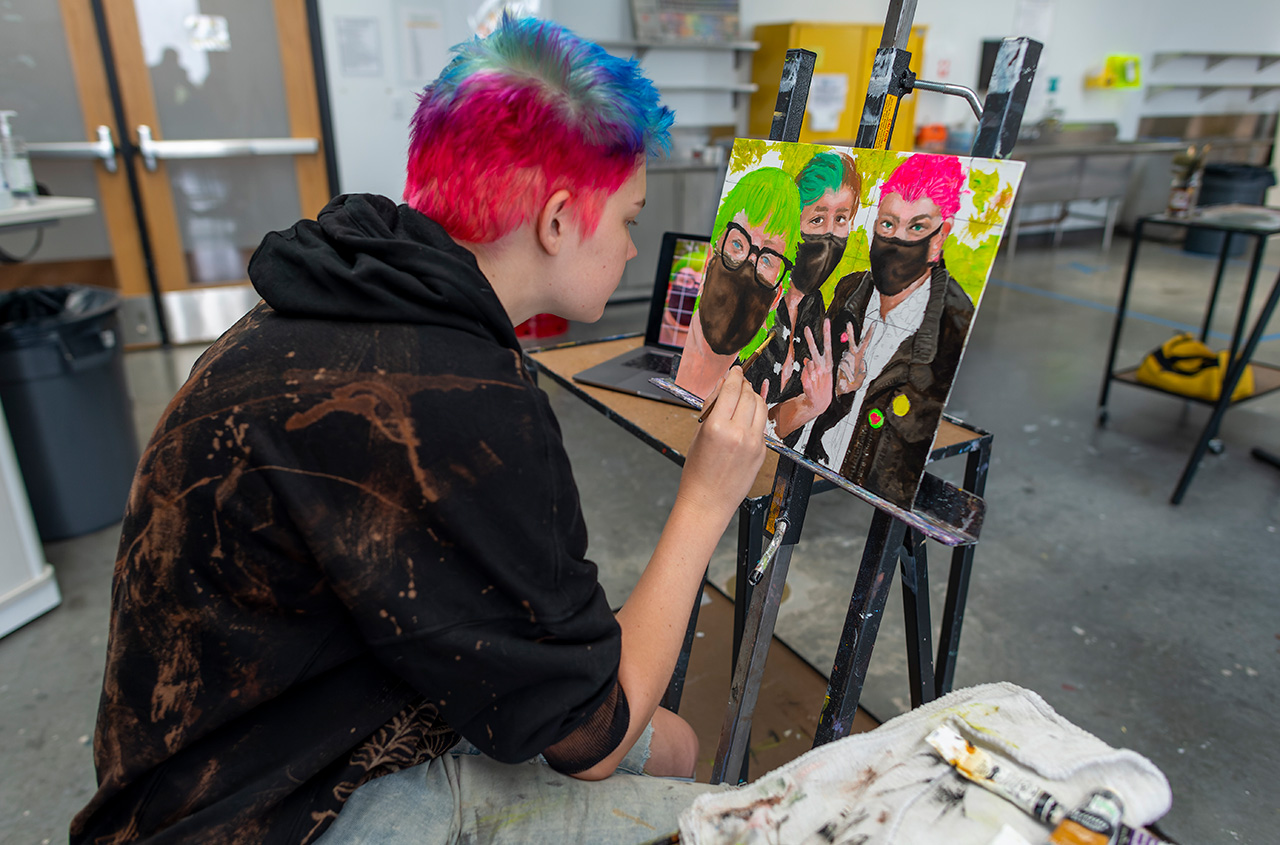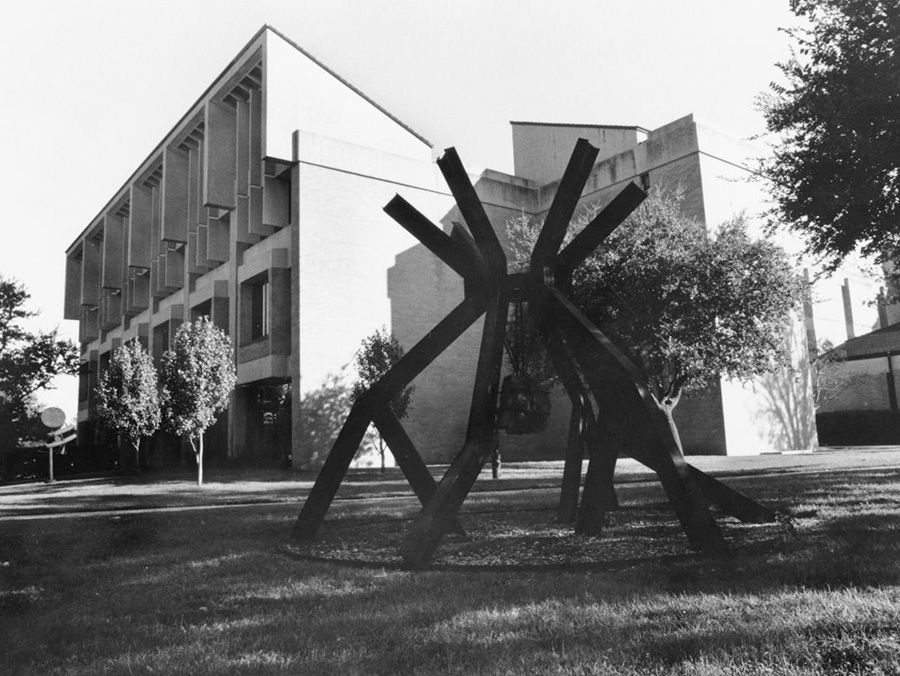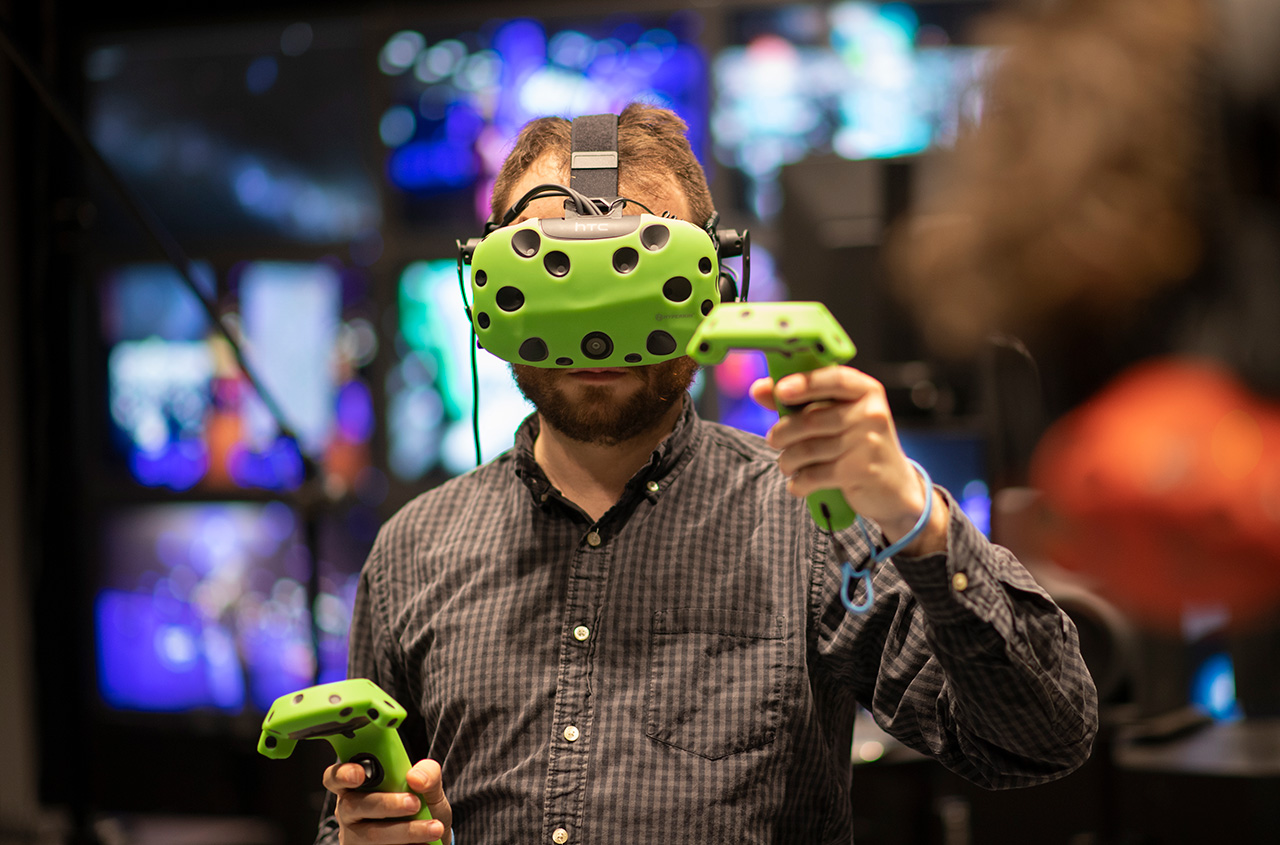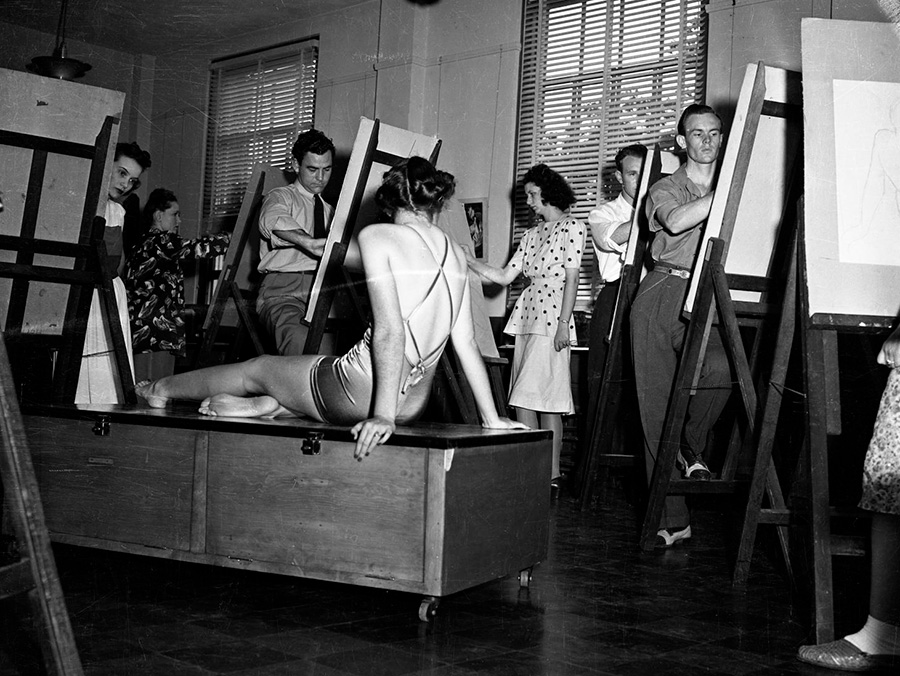
For nearly as long as UNT has existed, art and design education has had a presence on campus.
Art classes were first taught here in 1893 -- just a few years after the university was founded. A century later, the program separated from the College of Arts and Sciences to become the School of Visual Arts. In 2007, it grew into UNT's College of Visual Arts and Design (CVAD).
One of the nation's largest and most comprehensive visual arts programs -- with more than 2,700 students enrolled in its 29 undergraduate and graduate degree programs -- CVAD has established itself as a hub of creativity and innovation in North Texas.
In celebration of its milestone 130th anniversary, CVAD alumni and faculty members -- past and present -- reflect on the college's history as well as its far-reaching impact and influence on their lives and careers.

